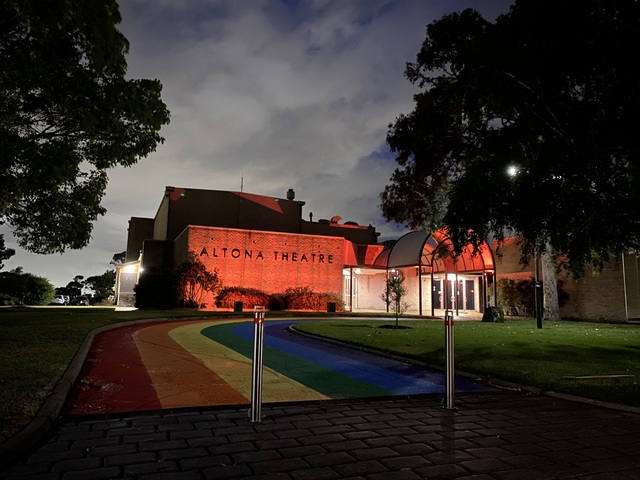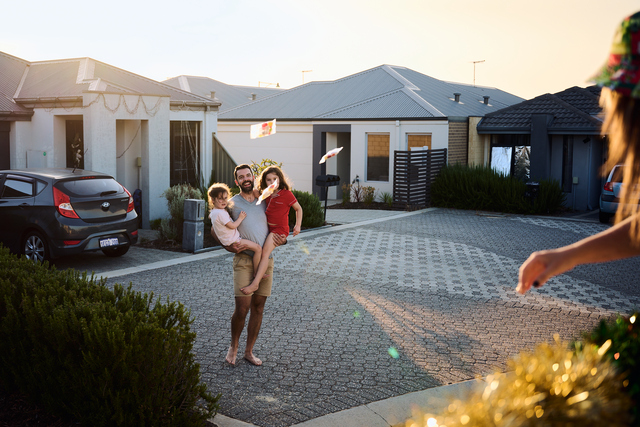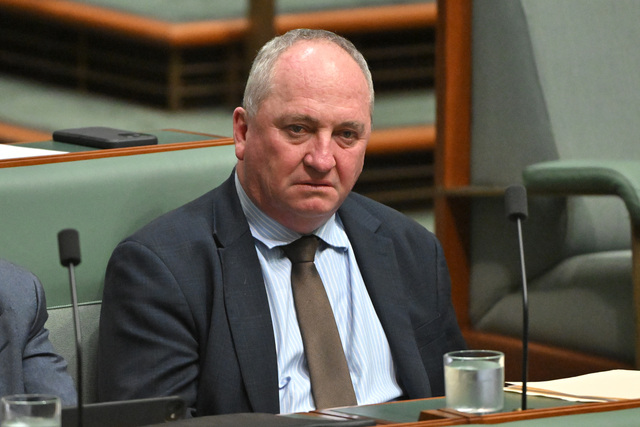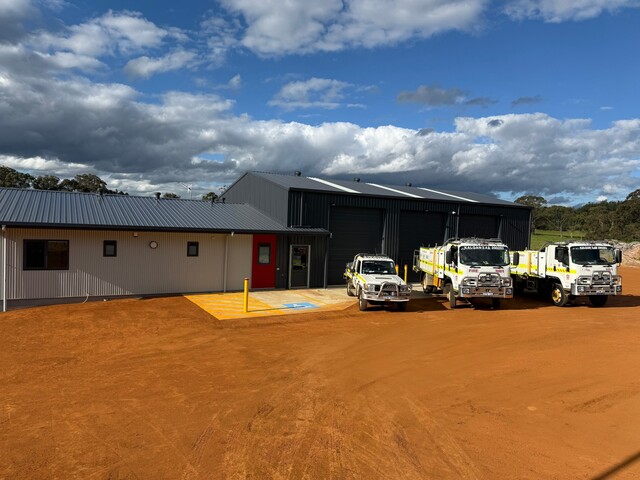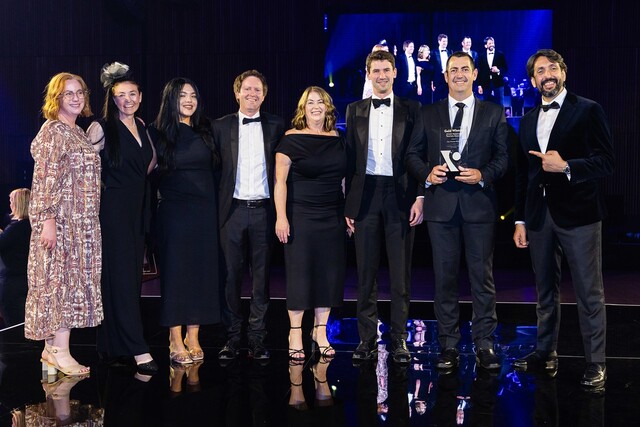At the 2007 Local Government Managers Australia National Congress in Hobart, Local Government FOCUS invited delegates to nominate individuals or teams from their Council who are improving Council’s operations or enhancing service delivery within their community.
In this edition, we showcase two more of our high achievers for 2007.
Hector Gaston, Manager Amenity Services, Moonee Valley City Council, Victoria
Located close to Melbourne’s CBD and nestled between the northern and western suburbs, Moonee Valley City Council combines a culturally rich community with a valued history and natural environment.
As Council’s Manager Amenity Services, Hector Gaston is responsible for the management of Council’s Parking Control, Local Laws and Public Health Units. Group Manager City Development, Jeremy Wood, said having been appointed to the role only two years ago, Hector has introduced major reform and innovation into his department.
“Parking Control and Local Laws at Moonee Valley were traditionally enforcement, compliance and regulation type roles,” Jeremy Wood said. “With the creation of the Amenity Services Department in 2005, which for the first time combined our Public Health, Parking Control and Local Laws Units, we wanted to change the focus to one of quality customer service, communication and education. Already working with Council in the Public Health Unit, Hector was seen as a key candidate to make these changes happen.”
Over the past two years, Hector has moved the new unit away from its traditional enforcement role towards an information and education focus. He has broken down barriers by appointing staff with no background in Local Laws or law enforcement, but from a customer service background. He has also created opportunities for staff to gain qualifications, through the introduction of a Certificate course in Statutory Compliance for Parking Control and Local Laws Officers. This has seen a significant improvement in productivity, accountability and professionalism.
Hector Gaston said that this level of change and the range of initiatives he has been able to implement are very rewarding.
“It is sobering to look back and see that we have reshaped the focus of this unit and have been able to get a great team of people on board,” he said. “Our staff have really stepped up to the plate and enjoy being part of what we are trying to achieve.”
Hector said that he most enjoys the diversity of his role, which allows him to engage in a range of issues, all of which have an impact on the residential amenity of Moonee Valley.
“The most satisfying aspect of my position is knowing that our staff have the ability to affect the environment people live in in a positive way,” he said. “While the issues I deal with can be challenging, as the role is often seen by the community as negative, the changes we have recently implemented are overcoming this stigma.”
Hector said with most of the issues his department deals with resulting in a fine or notice, it is essential to get people to understand why it is they cannot continue to the act the way they have.
“I am trying to change the department so that we focus more on educating and informing people of the dangers or inappropriateness of their actions, rather than just issuing infringements,” he said. “We hope that this will prevent further offences and create a more informed and ultimately more cohesive and safer community.”
With over 80 people in his department, Hector believes the key quality necessary is a sense of direction.
“Leadership is crucial,” he said. “You need to clearly communicate with your team the direction Council is heading in and how it expects to get there.”
Hector’s department is currently working on a range of programs, such as reviewing Council’s suite of local laws and trialling new technology for use in parking enforcement.
“We are also about to implement mobile computing, which will increase our responsiveness and allow our staff to receive and action citizen requests while they are out in the field,” Hector Gaston said. “We are also heavily promoting responsible pet ownership. We have more officers patrolling our parks and we are communicating more with our residents and making ourselves available outside of normal working hours so that we can effectively relay our messages. Our overall aim is to increase our level of engagement with the community and thus begin to change the perception of some of the work we do.”
City Projects Design Team, City of Sydney, New South Wales
Comprising the Sydney CBD and surrounding inner city suburbs, the City of Sydney covers approximately
26 square kilometres and has a population of just over 165,000 people.
As Director of Council’s City Projects Unit, Russell Lloyd, nominated his City Projects Design Team to appear in FOCUS. He said the team produces quality outputs to the satisfaction of the community and Council.
“They engage in extensive consultation and put in far more hours than expected, often including weekends,” Russell Lloyd said.
The City Projects Unit delivers Council’s capital works program. The unit’s design team works with consultants to develop project briefs and works through feasibility and concept design with internal clients and the community.
Comprising eight landscape architects and four architects, the team has an enormous project range. It works on anywhere between 40 and 60 major projects, valued at between $2 million and $40 million at any one time.
City Projects Design Team Manager, Chris Thomas, said with this heavy workload, organisational ability is essential.
“Our primary role as client representative over viewing consultants means the team tends to be fairly senior,” he said. “Most team members have at least five to ten years postgraduate experience and a solid record of design and project delivery before joining us, so we are a fairly expert and high achieving group.
“We work in a specific environment – that is the City, so while the issues are broad and demanding, we become quite expert in our areas of public domain and public facilities and can constantly look to evolve and improve our work.
“We try to work with the best architects and designers available, so our environment is never lacking stimulation.”
Chris Thomas said many of the projects the team works on are interdisciplinary.
“We need the input of our architects and landscape architects for problem solving,” he said. “We have worked hard to develop a team ethos, where problems as well as successes are shared. This teamwork and knowledge sharing is critical to our survival.”
Chris Thomas said the volume and variety of projects the team deals with is inspiring, but also challenging in terms of workload.
“Another challenge is sustainability,” he said. “Pressure from increased development, demands for open space and facilities, the impact of vehicles on our neighbourhoods, energy and water consumption and stormwater pollution are issues we address on every project.
“All our parks, streets and buildings have environmental targets, which aim to reduce our energy and water use and greenhouse gas emissions by between 30 and 60 per cent. All our building projects are green star rated and we generally incorporate water sensitive urban design and water reuse into parks and streets.”
Chris Thomas said his team works closely with the community throughout the design process.
“We work hard to make sure all views are gathered and treated equally and we report back to the community on how their views were taken into account, he said. “The important thing is to treat people seriously and keep them informed.”
Among other projects, the team is currently rolling out a program of CBD street upgrades and a major cycleway program that will see dedicated bike lanes across the City.
It also recently completed the construction of Surry Hills Park. Built on the former Police Centre car park, ‘Harmony Park’, as it is named, will service more than 5,000 residents and CBD workers within the surrounding district.
As the first new open space in the CBD in many decades, it has an emphasis on landscaped open and green space for recreation and leisure activity.


